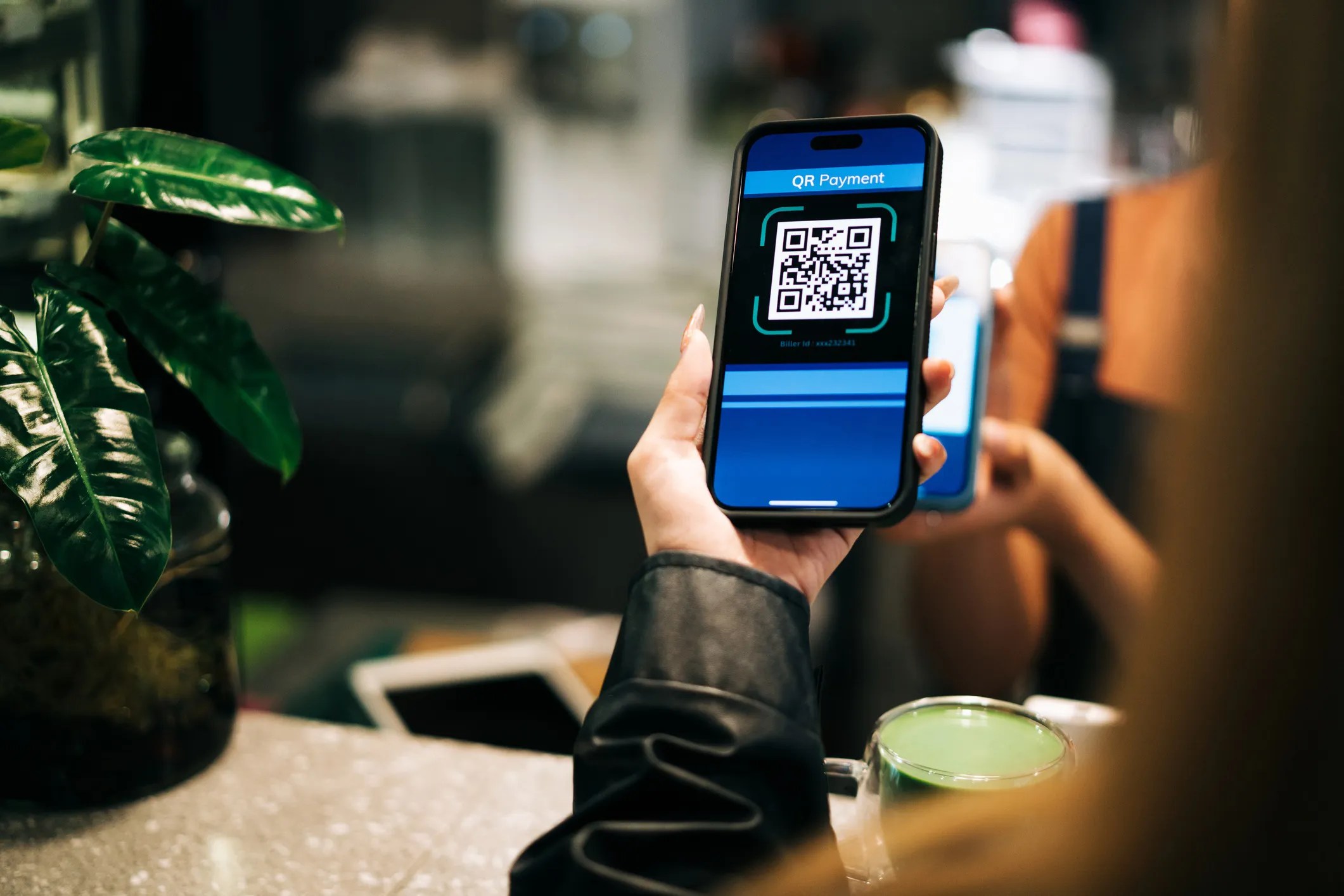ISO/IEC 18004:2024—QR Code Bar Code Symbology

QR codes grew exponentially in 2020 when the COVID-19 pandemic hit because the world sought quick and easy ways to function without physical contact. Almost everyone carries a smart phone with QR scanning capabilities, which meant it was possible to dine at restaurants and bars without touching a menu or paying for items without touching cash or pushing buttons on a card reader. Today, we have become used to a contactless world, and it is clear QR codes are here to stay. ISO/IEC 18004:2024—Information technology – Automatic identification and data capture techniques – QR code bar code symbology specification specifies QR code symbology.
Invention of the QR Code
In the 1960s, Japan entered its high economic growth period, and supermarkets were selling a wide range of commodities from food to clothing. Cash registers that were then used at checkout counters in these stores required the price to be keyed in manually. As a result, many cashiers suffered from numbness in the wrist and carpal tunnel syndrome. The invention of the QR code was the solution to this problem.
In 1994, Masahiro Hara came up with the idea of QR codes. Hara was employed by the Japanese company Denso Wave for labelling automobile parts; he conjured the idea of QR codes while playing the game Go, which consists of a 19×19 grid with black and white stones placed throughout. Hara realized that a grid system could hold much more information in a single code and could be read from multiple directions, angles, and distances—speeding up production times. Hara and his Denso Wave team successfully made his vision a reality and developed the QR Code (Quick Response Code).
What Is A QR Code?
A QR code (quick-response code) is a type of two-dimensional matrix barcode. It features black squares on a white background with fiducial markers, readable by imaging devices like cameras, and processed using Reed–Solomon error correction until the image can be appropriately interpreted. The required data are then extracted from patterns that are present in the QR image’s horizontal and vertical components.
What Is ISO/IEC 18004:2024?
ISO/IEC 18004:2024 specifies requirements for the symbology known as “QR code.” The standard specifies the QR code symbology characteristics, data character encoding methods, symbol formats, dimensional characteristics, error correction rules, reference decoding algorithm, production quality requirements, and user-selectable application parameters.
How Is a QR Code Different than a Barcode?
The key difference between barcodes and QR codes is their physical dimensions. Barcodes can be scanned in a line, which means that data is limited to what can be placed in that one stretch of stripes. Barcodes are typically limited to storing a relatively small amount of information like product numbers or basic identifiers. On the other hand, QR codes add another dimension from which information can be written and scanned, leveraging a two-dimensional grid that can hold significantly more data.
What Is the QR Code Family in ISO/IEC 18004?
ISO/IEC 18004:2024 details that there are four technically different, but closely related members of the QR code family, which represent an evolutionary sequence.
- QR code model 1 is the original specification for QR code and is described in AIM ITS 97-001.
- QR code model 2 is an enhanced form of the symbology with additional features (primarily, the addition of alignment patterns to assist navigation in larger symbols) and is the basis of the first edition of this document (ISO/IEC 18004:2000).
- QR code (the basis of the second edition of this document, ISO/IEC 18004:2006) is very similar to QR code model 2; its QR code format differs only in the addition of the facility for symbols to appear in a mirror image orientation for reflectance reversal (light symbols on dark backgrounds) and the option for specifying alternative character is set to the default.
- The micro QR code format (also specified in the second edition of this document, ISO/IEC 18004:2006), is a variant of QR code with a reduced number of overhead modules and a restricted range of sizes, which enables small to moderate amount of data to be represented in a small symbol, particularly suited to direct marking on parts and components, and to applications where the space available for the symbol is severely restricted.
ISO/IEC 18004:2024—Information technology – Automatic identification and data capture techniques – QR code bar code symbology specification is available on the ANSI Webstore






